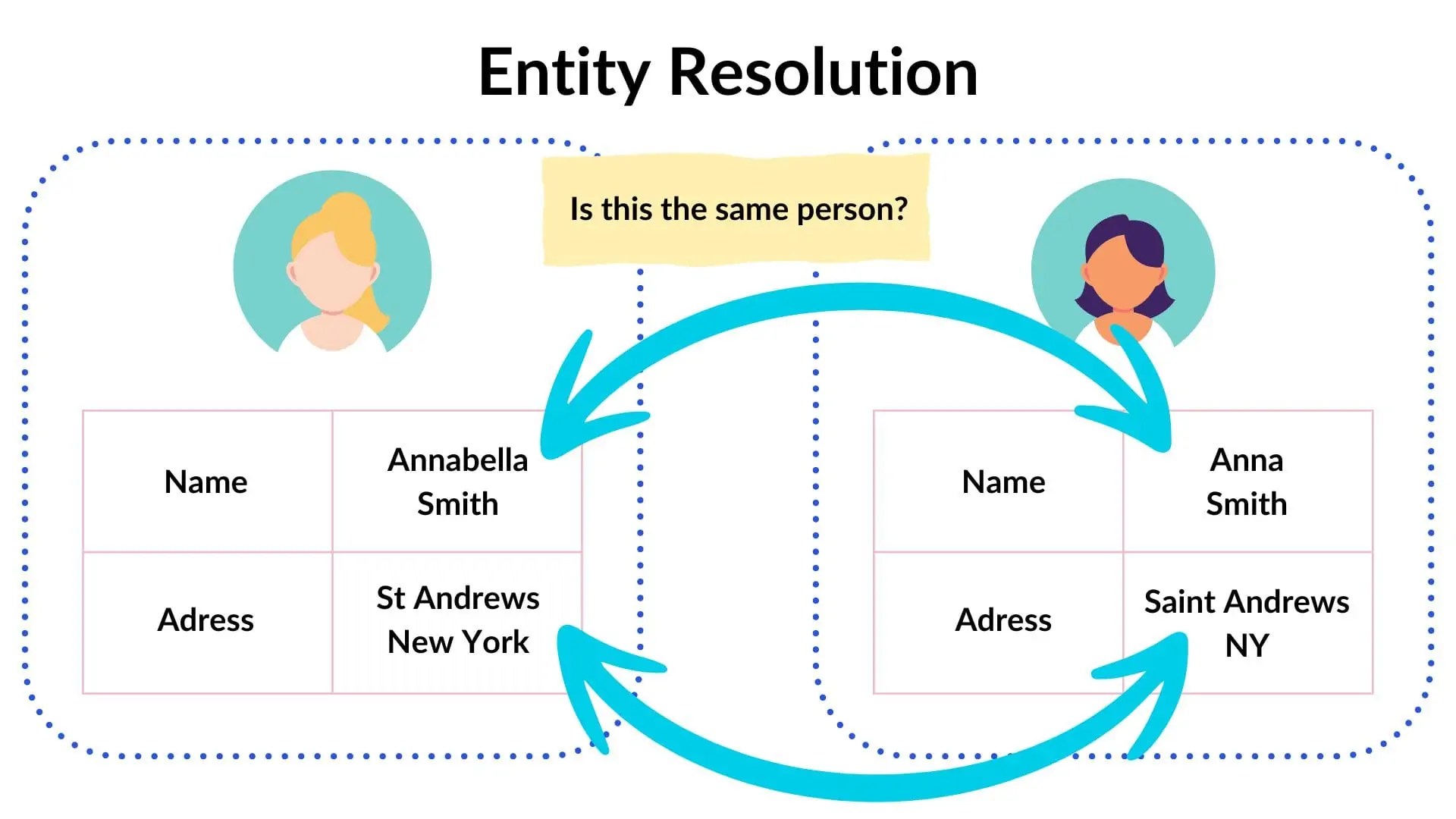What is Hashing? Hashing is used in computer science as a data structure to store and retrieve data efficiently. At its core, hashing involves taking an input (or "key") and running it through a...


What is Hashing? Hashing is used in computer science as a data structure to store and retrieve data efficiently. At its core, hashing involves taking an input (or "key") and running it through a...

What is Naive Bayes? Naive Bayes classifiers are a group of supervised learning algorithms based on applying Bayes' Theorem with a strong (naive) assumption that every feature in the dataset is...

What is Full-Text Search? Full-text search is a technique for efficiently and accurately retrieving textual data from large datasets. Unlike traditional search methods that rely on simple string...
![Co-occurrence Matrices Explained: How To Use Them In NLP, Computer Vision & Recommendation Systems [6 Tools]](https://i0.wp.com/spotintelligence.com/wp-content/uploads/2024/04/co-occurance-matrix.jpg?fit=1200%2C675&ssl=1)
What are Co-occurrence Matrices? Co-occurrence matrices serve as a fundamental tool across various disciplines, unveiling intricate statistical relationships hidden within data. Whether in natural...
![Query Understanding In NLP Simplified & How It Works [5 Techniques]](https://i0.wp.com/spotintelligence.com/wp-content/uploads/2024/04/query-understanding.jpg?fit=1200%2C675&ssl=1)
What is Query Understanding? Understanding user queries lies at the heart of efficient communication between humans and machines in the vast digital information and interaction landscape. Query...
![Distributional Semantics Simplified & 7 Techniques [How To Understand Language]](https://i0.wp.com/spotintelligence.com/wp-content/uploads/2024/03/distributional-semantics.jpg?fit=1200%2C675&ssl=1)
What is Distributional Semantics? Understanding the meaning of words has always been a fundamental challenge in natural language processing (NLP). How do we decipher the intricate nuances of...
![Natural Language Search Explained [10 Powerful Tools & How To Tutorial In Python]](https://i0.wp.com/spotintelligence.com/wp-content/uploads/2022/10/Ontwerp-zonder-titel-8.jpg?fit=600%2C338&ssl=1)
What is Natural Language Search? Natural language search refers to the capability of search engines and other information retrieval systems to understand and interpret human language in its natural...
![The BERT Algorithm (NLP) Made Simple [Understand How Large Language Models (LLMs) Work]](https://i0.wp.com/spotintelligence.com/wp-content/uploads/2024/02/self-attention-example-1.jpg?fit=1200%2C675&ssl=1)
What is BERT in the context of NLP? In Natural Language Processing (NLP), the quest for models genuinely understanding and generating human language has been a longstanding challenge. One...

Can a Machine Tell a Lie? Picture this: you're scrolling through social media, bombarded by claims about the latest scientific breakthrough, political scandal, or celebrity gossip. Each post seems...
![How To Implement Speech Recognition [3 Ways & 7 Machine Learning Models]](https://i0.wp.com/spotintelligence.com/wp-content/uploads/2024/01/speech-recognition.jpg?fit=1200%2C675&ssl=1)
What is Speech Recognition? Speech recognition, also known as automatic speech recognition (ASR) or voice recognition, is a technology that converts spoken language into written text. The primary...
![Conversational AI Explained: Top 9 Tools & How To Guide [Including GPT]](https://i0.wp.com/spotintelligence.com/wp-content/uploads/2024/01/key-components-of-conversational-ai.jpg?fit=1440%2C810&ssl=1)
What is Conversational AI? Conversational AI, short for Conversational Artificial Intelligence, refers to using artificial intelligence and natural language processing (NLP) technologies to enable...
![Top 10 Most Useful Natural Language Processing (NLP) Tools [Libraries & Frameworks] LLMs Included](https://i0.wp.com/spotintelligence.com/wp-content/uploads/2024/01/nlp-tools.jpg?fit=1200%2C675&ssl=1)
What are Common Natural Language Processing (NLP) Tools? Natural Language Processing (NLP) tools are software components, libraries, or frameworks designed to facilitate the interaction between...

What is Computational Linguistics? Computational linguistics is an interdisciplinary field that combines principles of linguistics and computer science to develop computational models and algorithms...

What is Entity Resolution? Entity resolution, also known as record linkage or deduplication, is a process in data management and data analysis where records that correspond to the same entity across...
![Coreference Resolution In Natural Language Processing (NLP) Simplified [8 Powerful Techniques & 2 Models]](https://i0.wp.com/spotintelligence.com/wp-content/uploads/2024/01/coreference-resolution-nlp.jpg?fit=1200%2C675&ssl=1)
What is Coreference Resolution in NLP? Coreference resolution is a crucial aspect of Natural Language Processing (NLP) that involves identifying and linking expressions in text that refer to the...

What is a Universal Sentence Encoder? The Universal Sentence Encoder (USE) is a powerful tool in natural language processing (NLP) developed by Google. Its primary function is to transform textual...

What is LLMOps? The world of artificial intelligence (AI) is constantly evolving, with new advancements emerging at an unprecedented pace. The rise of large language models (LLMs) is among the most...

What are Embeddings from Language Models (ELMo)? ELMo, short for Embeddings from Language Models, revolutionized the landscape of NLP by introducing contextual embeddings, a paradigm shift from...

Get a FREE PDF with expert predictions for 2025. How will natural language processing (NLP) impact businesses? What can we expect from the state-of-the-art models?
Find out this and more by subscribing* to our NLP newsletter.